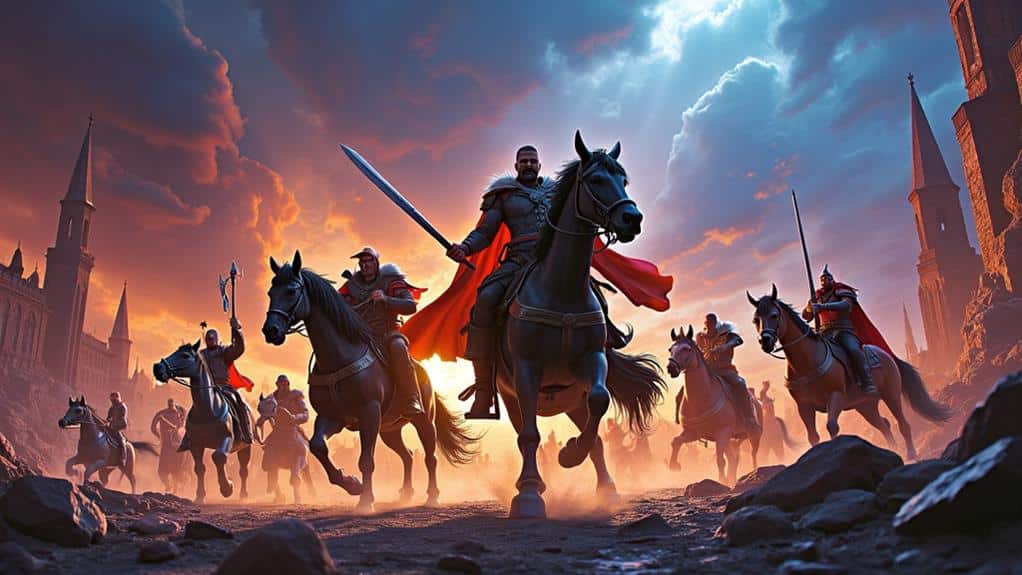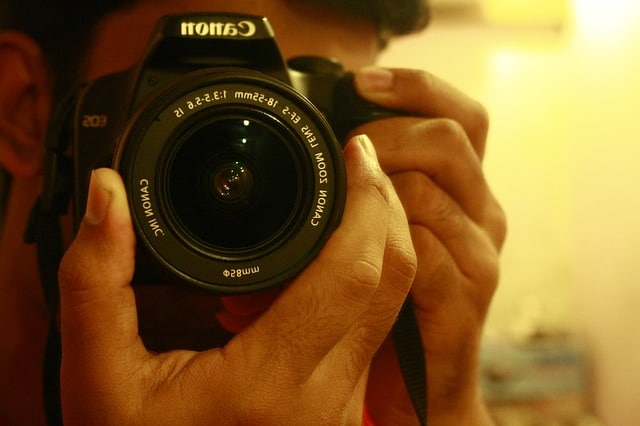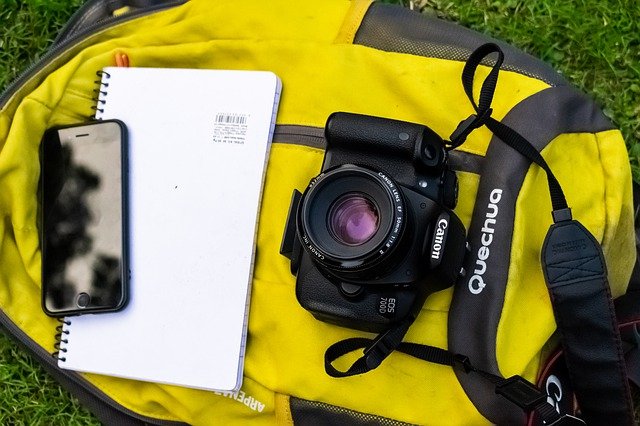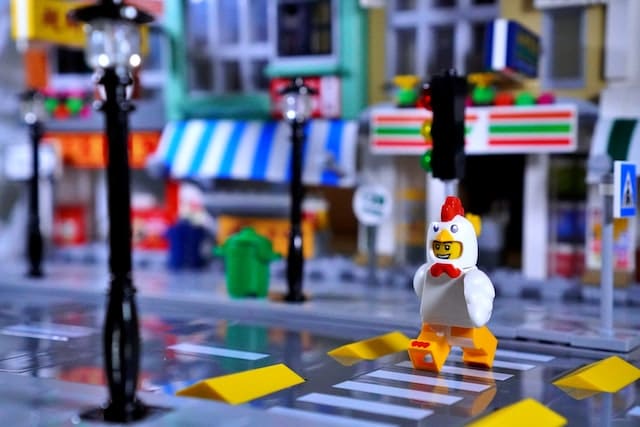When you think about action figures, you might imagine static toys on a shelf, but through storytelling images, they can transcend into dynamic characters with rich narratives. By selecting the right figures and crafting detailed scenes, you can create compelling visual stories that captivate and engage. The magic lies in the intricate details—how you pose the figures, the props you use, and the lighting that sets the mood. Have you considered how these elements work together to bring your favorite characters to life? Let's uncover the techniques that transform simple figures into storytellers.
Key Takeaways
- Use dynamic poses and expressive gestures to convey movement and emotion in action figures.
- Select intricate backdrops and props that complement the story and enhance the scene's atmosphere.
- Experiment with lighting and shadows to add mood and depth to the storytelling.
- Carefully position figures to emphasize key interactions and moments within the narrative.
- Utilize post-production editing to refine images, enhance details, and remove imperfections for a polished final look.
Choosing Your Action Figures
When it comes to choosing your action figures, focus on characters that resonate with you and spark your imagination. Think about the stories you love, whether they come from movies, comics, or books. Are you drawn to superheroes like Spider-Man, or do you prefer the epic adventures of characters from Star Wars? Picking figures that you feel connected to makes your storytelling more engaging.
Don't just grab any figure off the shelf; weigh the details and craftsmanship. Look for action figures that have intricate designs and multiple points of articulation. These features allow you to pose them in various ways, making your stories more dynamic. High-quality figures often come with accessories that can add depth to your scenarios.
Another thing to ponder is the scale and compatibility with other figures you already own. You want your characters to interact seamlessly, creating a cohesive universe. A well-curated collection can enhance your storytelling, allowing for more complex and immersive narratives. For example, popular pieces like the Funko Vinyl Luffy or the Marvel Playskool Heroes Super Hero Adventures Ultimate Set can complement existing collections.
Lastly, don't overlook the potential for customization. Some action figures can be modified or painted, giving you the freedom to create unique characters. This adds a personal touch to your imaginative play. Choose wisely, and let your creativity soar
Setting the Scene
To bring your action figures to life, start by selecting ideal backdrops that complement their story. Incorporate carefully chosen props that enhance the overall storytelling and mood of the image. Use lighting and shadows to create mood and drama, enhancing the scene's impact. Position your figures thoughtfully to emphasize key moments and interactions
Selecting Ideal Backdrops
Creating the perfect backdrop for your action figures can make all the difference in bringing your storytelling to life. The right setting enhances the narrative, making each scene more engaging and believable.
- Consider the Theme: The backdrop should match the story you're telling. If your figures are superheroes, a cityscape or futuristic setting might be ideal. For fantasy figures, think about enchanted forests or mystical landscapes.
- Scale and Proportion: Verify that the backdrop is to scale with your action figures. A background that's too large or too small can disrupt the illusion and detract from the overall image. Pay attention to the size of buildings, trees, and other elements in relation to your figures.
- Color Coordination: Colors can set the mood of your scene. Dark, muted tones create a different atmosphere than bright, vibrant ones. Make sure the colors of the backdrop complement the colors of your action figures to avoid clashing visuals.
- Texture and Detail: A backdrop with rich textures and intricate details adds depth to your images. Whether it's a brick wall, a forest floor, or a metallic spaceship interior, details can make the scene more immersive.
Lighting and Shadows
How can you elevate your action figure storytelling to the next level? Focus on lighting and shadows. They're vital for creating mood and enhancing the narrative. Start by deciding the time of day your scene is set. Morning light brings a soft, warm glow, while evening light casts long, dramatic shadows.
Use natural light whenever possible. It's versatile and can create stunning effects. Position your figures near windows for diffused daylight or use sheer curtains to soften harsh sunlight. Experiment with angles to see how shadows fall and highlight different aspects of your scene.
Artificial lighting offers more control. Use desk lamps or LED lights to direct light precisely where you need it. For dramatic effects, try backlighting your figures to create silhouettes or use side lighting to cast deep shadows, adding depth and mystery. Colored gels can add mood and emphasize certain elements of your story.
Don't forget about practical effects. Small reflectors or white cards can bounce light into darker areas, ensuring your figures are well-lit. Shadows can be as telling as the figures themselves, so play with them to enhance your storytelling.
Positioning for Impact
Positioning your action figures can make or break the impact of your scene. Getting the angles, distances, and gestures just right adds layers of storytelling that captivate your audience. Here's how to guarantee your figures exude the drama and emotion you want to convey.
- Character Focus: Decide who or what is the focal point of your scene. Position this character prominently, making sure they draw the viewer's eye immediately. Use other figures to support or contrast this main character, enhancing the narrative.
- Dynamic Poses: Static, lifeless poses won't do your story any favors. Aim for dynamic positioning that suggests movement or tension. Bend joints, adjust limbs, and tilt heads to create a sense of action or emotion. The more natural the pose, the more immersive your scene.
- Spatial Relationships: Consider the distance between figures. Close proximity can suggest intimacy or conflict, while greater distances can indicate isolation or detachment. Use these spatial cues to deepen the emotional context of your scene.
- Background and Foreground: Don't neglect what's around your figures. Elements in the background and foreground should complement the story, adding context and depth. Objects and scenery can subtly influence the mood and meaning of your image.
Lighting Techniques
Capturing the magic of action figures through storytelling relies heavily on effective lighting techniques. You can transform a simple toy into a dramatic character by playing with light and shadow. Start with a key light to highlight your figure's features. Position it at a 45-degree angle to create depth and dimension. Use a softbox or diffuser to avoid harsh shadows. Controlling the direction and intensity of light sources allows you to manipulate shadows and highlights, enhancing the overall visual impact.
Next, add a fill light on the opposite side to soften shadows and balance the scene. This light should be less intense than your key light. Experiment with different angles and distances to find the perfect balance.
Don't forget the background light. Place it behind your action figure to separate it from the background and add more depth. This can be a spotlight or a simple desk lamp. Adjust its intensity to avoid overpowering the main subject
Posing for Realism
When it comes to posing action figures for realism, it's all about capturing dynamic and believable stances that tell a story. You want to make your figures appear as if they're caught in the middle of an action, frozen in time. Mastering this art involves paying attention to the subtleties of human movement and expression.
To achieve realistic poses, consider these key points:
- Balance and Weight Distribution: Certify your figure's weight is realistically distributed. A balanced pose makes the figure appear grounded and stable. Imagine how a person would stand, shift weight, or lean.
- Natural Joint Movement: Use the figure's articulation points to mimic natural joint movements. Avoid stiff or awkward angles that break the illusion of realism. Think about how the knees, elbows, and wrists bend.
- Facial Expressions and Hands: Small details like the tilt of a head or the positioning of fingers can dramatically affect realism. Use expressive gestures to convey emotion and intent.
- Contextual Props: Incorporate relevant accessories and props to enhance the storytelling. A figure holding a weapon or interacting with an object looks more engaging and believable.
Capturing Motion
Nothing quite brings an action figure to life like the illusion of motion. To capture that dynamic energy, start by envisioning the action you want to portray. Think about how the character would move in real life. Would they be leaping, running, or throwing a punch?
Use a tripod to keep your camera steady. A stable base guarantees that your action shot remains sharp and free from unintended blur. Adjust your camera settings to a fast shutter speed. This will freeze the action, making sure every detail is crystal clear.
Next, consider the background. A cluttered scene can distract from the action. Choose a simple background that complements the motion. Lighting is vital too. Natural light works wonders, but if you're indoors, use soft lighting to avoid harsh shadows.
Angles are everything. Experiment with different perspectives to find the most dynamic shot. Shooting from below can make your figure look powerful, while an overhead angle might convey vulnerability.
Editing Your Photos
After capturing the perfect shot, the next step is to polish your photos through editing. Editing enhances your images, making your action figures look more dynamic and lifelike. A concise guide to help you refine your photos:
- Adjust Lighting and Contrast: Start by tweaking the brightness and contrast. This verifies that your figures stand out and the details are clear. Use the histogram tool in your editing software to fine-tune these settings.
- Color Correction: Colors play a vital role in storytelling. Adjust the saturation, vibrance, and white balance to make the colors pop and match the scene's mood. A warm tone can add coziness, while cooler tones can create a dramatic effect.
- Remove Imperfections: Even the best setups can have minor flaws. Use the clone stamp or healing brush to eliminate dust, scratches, or any unwanted elements in the background. This keeps the focus on your action figures.
- Sharpen Details: Finally, sharpen your image to bring out the fine details. This step enhances textures and makes the figures' features more defined. Be careful not to overdo it, as excessive sharpening can introduce noise.
Sharing Your Story
Sharing your story is where your action figures truly come to life. After you've staged, photographed, and edited your scenes, it's time to share your creative vision with the world. Social media platforms like Instagram, Facebook, and Reddit are fantastic places to start. Create a dedicated account or page to keep your storytelling separate and professional.
Craft engaging captions to complement your images. Briefly describe the scene, the characters, and the plot to draw viewers into your narrative. Hashtags are your friends; use them wisely to reach a broader audience. Look for communities and groups that share your passion for action figures and storytelling.
Don't hesitate to interact with your audience. Respond to comments, ask for feedback, and join discussions. Engagement builds a loyal following and can provide valuable insights to improve your storytelling. Collaborate with other creators to expand your reach and bring fresh perspectives to your stories.
At a Glance
You've got all the tools now to bring your action figures to life through storytelling images. By carefully choosing your figures, setting the perfect scene, mastering lighting, and posing for realism, you'll capture motion and emotion effortlessly. Don't forget to refine your photos with some thoughtful editing. Finally, share your creations online and connect with a community that appreciates your art. Now, go ahead and let your imagination transform those figures into mesmerizing stories!





